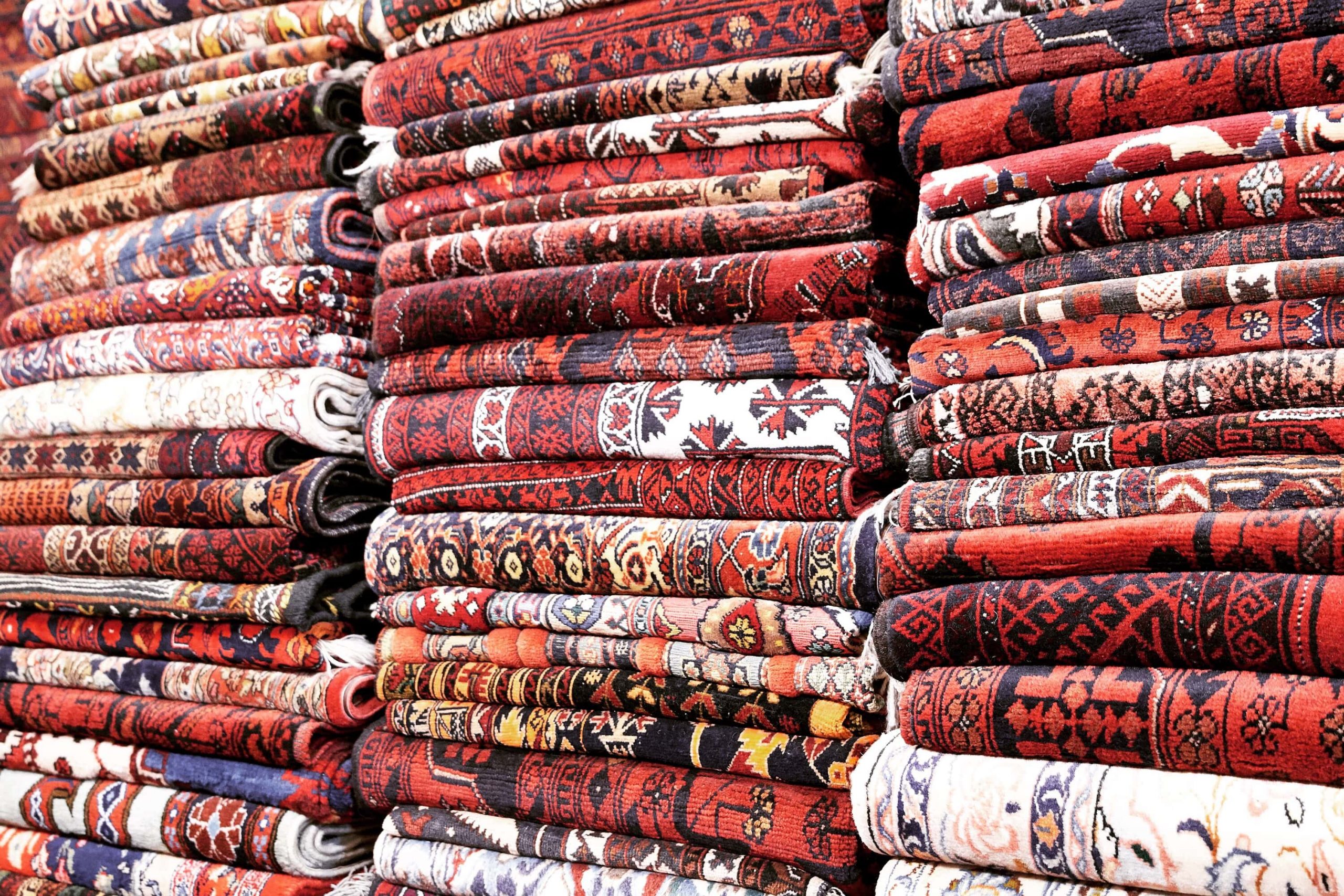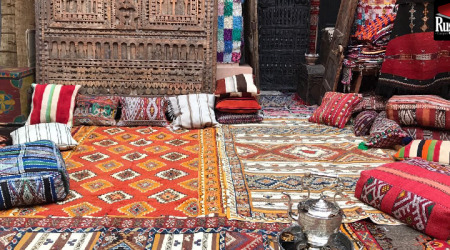Immediate impacts on Indian exports
On Tuesday night/Wednesday — August 27, 2025 — the U.S. government effectively raised import tariffs on Indian goods up to 50%. This increase comes from an additional 25% punitive tariff on top of the existing ones, and it took effect immediately.
Immediate impacts on Indian exports — and a weak point in the carpet market:
The additional tariffs primarily target labor-intensive Indian export sectors: apparel, jewelry, flooring and furniture (including carpets and home products), along with other labor-driven industries that ship heavily to the U.S. This policy could sharply reduce the price competitiveness of Indian products in the American market, leading to suspended or canceled orders and contracts. The carpet sector and production hubs such as Bhadohi/Mirzapur and Kashmir are among the most vulnerable.
India is one of the major players in the global handmade carpet market, and the U.S. remains a key customer. Reduced price competitiveness for Indian carpets in the U.S. could open potential room for alternative suppliers.
Iranian carpets hold a unique reputation and demand in global markets, particularly among mid-range to luxury buyers who value authenticity, material quality, and traditional designs. If legal and trade restrictions were lifted, Iran could capture part of the U.S. demand lost by India or target other emerging markets.
But what is the main (legal/sanctions) barrier, and why is this opportunity not real for now?
Iranian carpet exports to the U.S. are restricted under the broader framework of U.S. sanctions. The legal landscape for “imports of goods of Iranian origin” is complex: in the 2010s, limited permissions were reconsidered, but since then multiple regulations from OFAC and other federal agencies have changed the rules several times. In practice, importing Iranian carpets is subject to restrictions, licensing requirements, and exceptions — all of which create major legal, financial, and operational risks. In short, U.S. sanctions and related regulations are the main legal obstacle preventing Iran from taking immediate advantage of this market gap.
One-sentence realistic opportunity analysis:
If, and only if, sanctions and legal barriers were lifted — with access to banks, logistics, and U.S. distribution networks — the 50% tariff on Indian products could briefly open a window for Iranian handmade carpet exports to gain a share in the U.S. market. However, competitors (Turkey, Pakistan, Nepal, China, and even machine-made suppliers and existing importers) would immediately target this opening, and turning it into a sustainable market share would require careful planning.
The imposition of a 50% tariff by Washington creates a significant supply gap for Indian carpets in the U.S. market. From an economic perspective, this can be seen as a potential opportunity for alternative suppliers. However, under the current legal and sanctions environment between the U.S. and Iran, practical and legal exploitation of this opportunity for Iranian carpets remains highly constrained.
Mohammad Hossein Bidabadi
M.A. in Carpet Management and Marketing





